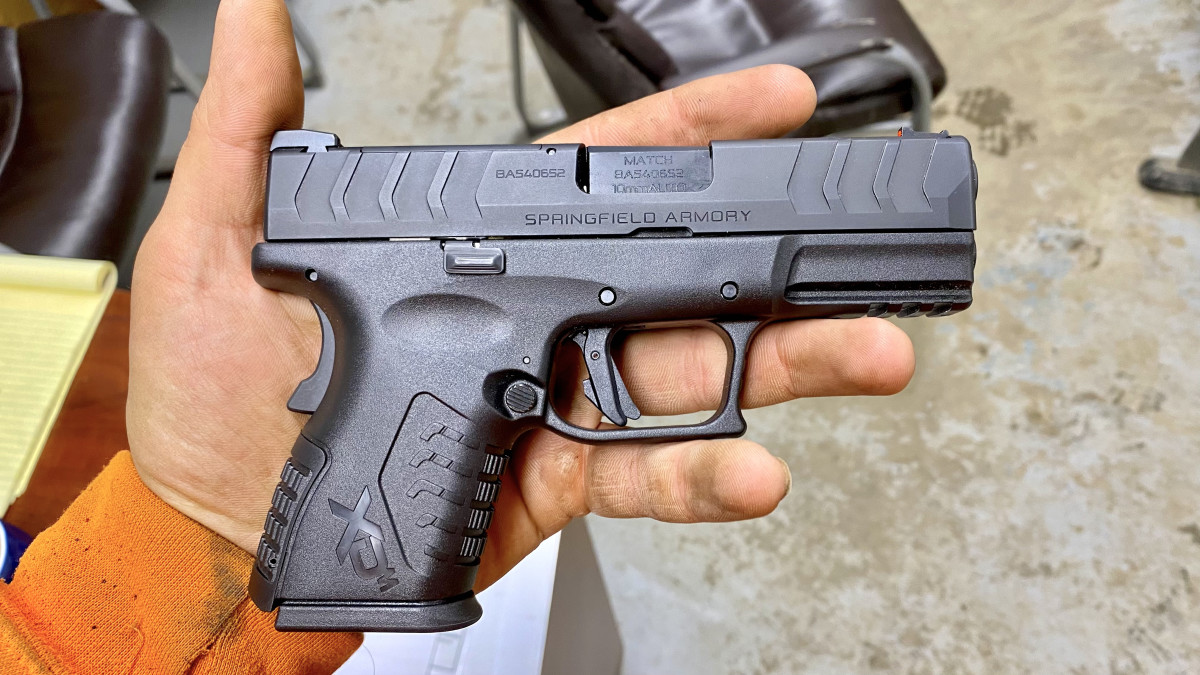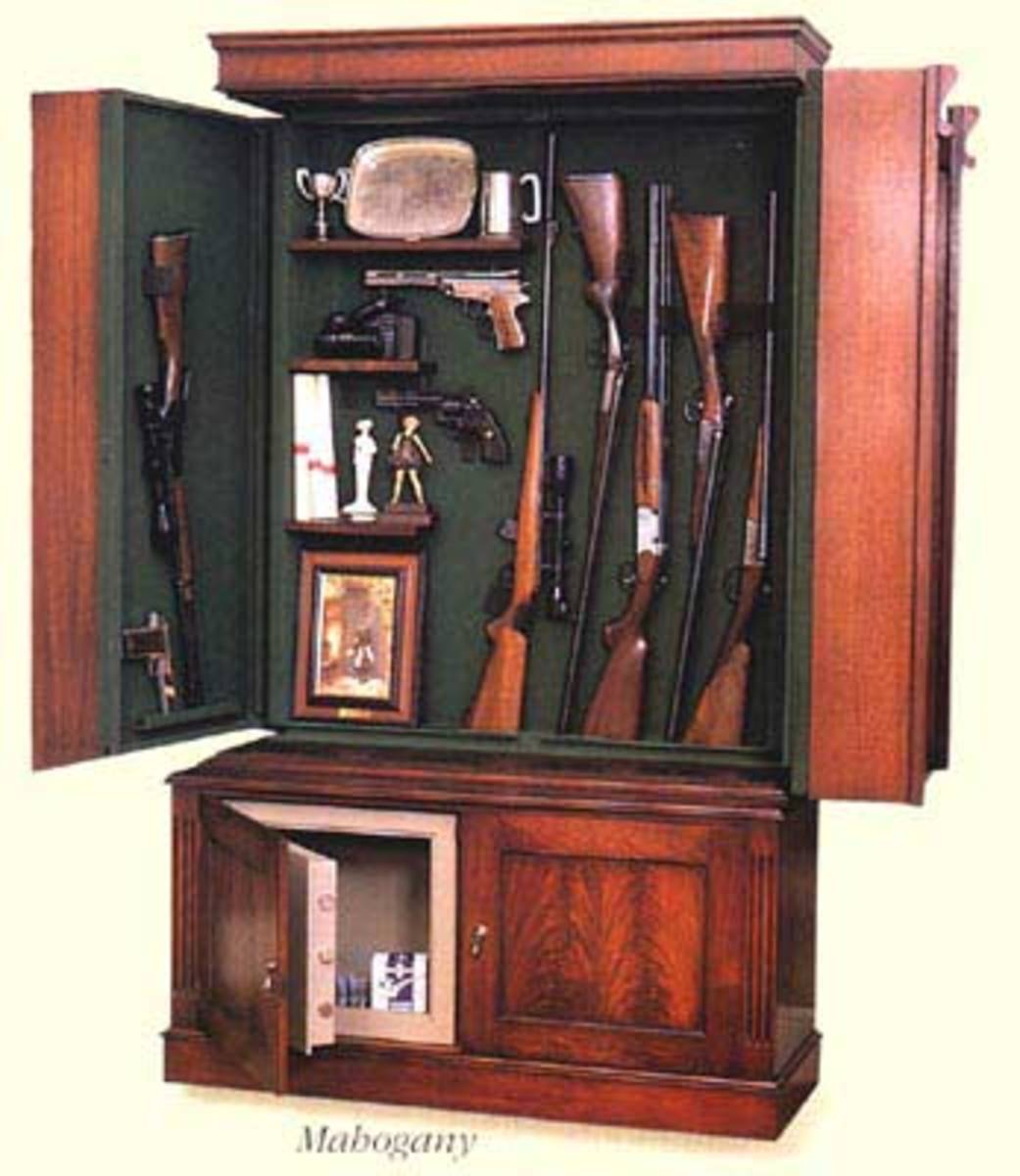How to chart your Rifles Ballistics.
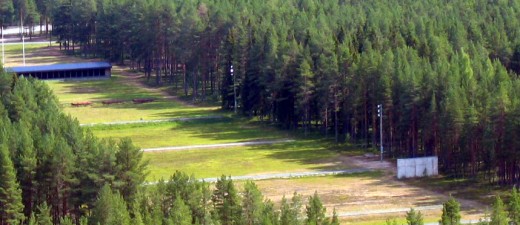
Programs and Ponderings
Today there are a great many charts and graphs... allot of reloading data that is readily available online and in books... there are also computer programs and applications available online that can take much of the guesswork out of what I am about to talk to you about.
In the case that you are doing something New... maybe a little out of your league but exciting just the same.. like starting to reload your own .300 Blackout Subsonic which has very little data available... I hope this article will be a helpful tool for you to ponder. Oh.. and if you need any supplies keep your eye pealed to the auctions I have posted to the sides as they can save you some money for more important things... like ammo:-)
What you hope to make with your data...
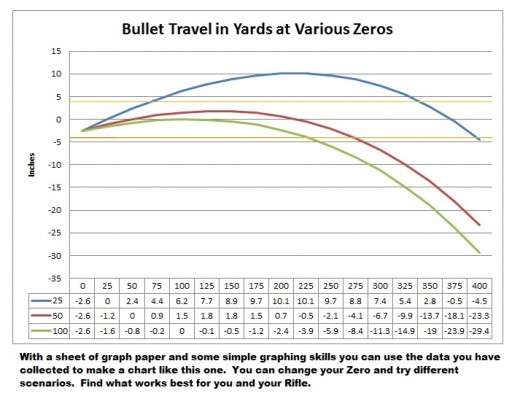
Safety Items:
Be sure to bring (and Use) Both Hearing and Eye protection!!!
If you have a Guest with you... Be sure that they are taken care of as well. Remember that Loud noises can harm children ears for life.
Other Helpful Items:
- Range Finder
- Spotting Scope
- Targets with 1" Reference Squares for ease of Notation and adjusting your aim point.
- Masking Tape
- Arrow Staple Gun with box of Long staples. (5/8 inch)
- Bench Needs: Sandbags, Rifle Rest, Etc.
- Tools (hammer, screw drivers, gunsmith punches etc)
- Gun Lube
- Cleaning Kit
Planning Ahead
Whether you are making your own reloads and need exact data, or are planning to use cases of old Russian ammo that you question the path of... In either case you are not likely to have a pretty little chart that tells you how many inches +/- your impact will be at any given distance.
Or... Maybe you want to change the Zero of your Rifle to some point in between the common places where charts list...
Plan ahead... (With a Firm Goal in Mind) And Work Your Plan!!
Your About to go to the Range and Shoot that Rifle... With a Plan in hand you can return with the answers you are seeking!!!
1) Plan your Goal: What is it that you are setting out to achieve?
2) With those Parameters in mind: Write down the Data you hope to achieve.
3) Plan ahead and Beg, Bum or Borrow the Equipment you are going to need at the range (Before you go there...)
4) Make sure that the Range you plan to attend is Free of Encumbrances!!!
It is best if the Range is Private... So that you can do all that you need to do with no interference... But if you have to use a Gun Club or some other type of range.. Make sure that it is Open to the Public and that your time there will be free from crowds. there is nothing quite as disappointing as going to the range and spending the money... only to find you have to wait in line for your time at the bench and even then have to spend much of your time waiting to go down range, Waiting to Change Targets and be the source of other peoples aggravation by the delays you cause them by your longer Shots etc. 300 meter Shots and target changes delay everyone's day... 500 and 1000 meter shots are a whole another matter. You need to plan ahead for the type of Range, Place and Time of Day that will ensure you can work with minimal headaches... and Maximum Joy time.
Equipment (Beg, Bum, Borrow or Rent)
There are a few things you are going to want to bring along for your time at the range.
Since you are trying to establish accurate Ballistics for the rifle and load you are using... you are going to want to record some accurate data while you are there... remember that when you get home its too late to write it down.
So start by Printing off some Graph and Record papers...
You will also want a couple of Clip Boards and some Mechanical Pencils (with erasers) to take down your data.
You are going to want a good quality "Laser Level'. (Check the Auctions at the side of this hub) Good Quality in this case means that it can put a small but Visible red dot on the target for as far out as you plan to be shooting. Short distance shooting requires much less than the longer distances. In some cases you might need Surveyor quality... This is why I said Beg, Bum Borrow or... RENT. If It is only one or two days at the range.. why bother to buy a Piece of expensive equipment you wont need again for a year or two..? Go ahead and call a few rental shops and find what you need for a song and a dance compared to the price of buying it outright.
A Shooting Chronograph is one of the most helpful things you can have. The Shooting Chrony as its called will tell you the speed of the bullet a few feet in front of the muzzle and will also tell you the differences in bullet speeds of a given group. This is important for several reasons... For one thing if your ammo is showing a wide latitude of speeds.. it means your accuracy problems have already been identified with the cartridges.
The Chrony can also help you dismiss a bad rounds strike from your calculations. Example: You have just shot your 200m target with 3 rounds and one round (#3) struck 4 inches Low but the other two landed together. Chrony showed speeds of 2560,2561 and 2547.
Without going down range to fool around with it... you have already spotted the problem on the Chrony.. you can chamber another round and shoot the 3rd hole in the target for a zero without waste of time or any question about results.
Chronies are great tools when used properly.
Again.. Keep Accurate Notes on your Clip Board of each round shot and leave some room on the page for Comments. like that 2547 fps round that had to be scratched from the shot group.
Some shooting Chronies come with a little printer and give you the results in tickets... some just show you the results on an LCD... The more modern ones can even be connected to your Laptop saving you the need for some of your writing...
Just don't get too technical and go beyond your ability to understand the data you are looking at or get distracted by computer issues. Use whatever works for you. Your at the Range to have fun with Guns... not waste time with Computer Glitches and program apps you don't know how to use yet... Personally I prefer to write it all down manually.. and if you want to spend time at the house entering the relevant data into the computer programs... then you have plenty of time at the house to do so. Range time is a Valuable commodity. Don't waste it.
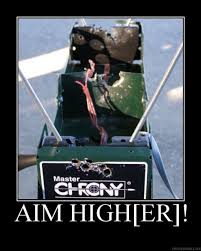
Sighting In your Rifle
Before playing with trajectory you will need to sight in your rifle for a specific distance.
When sighting in you will want to eliminate as many interference as possible. use a bench and some sand Bags etc to get the best results possible and remember to lock in your sights when you are finished.
Remember: SAFETY SAFETY SAFETY
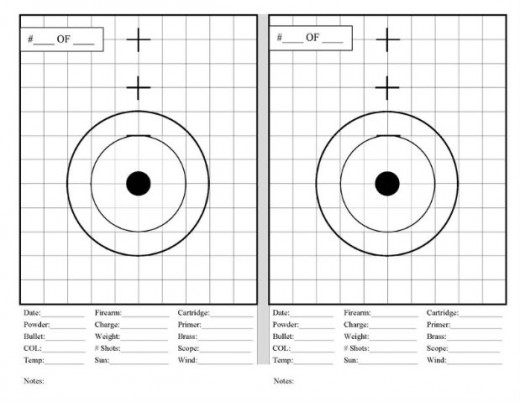
Set up to find your Ballistic Path
More time will be required for proper set up than you might imagine.. But setting up properly before you start shooting will make your time far more productive and enjoyable than doing things off the cuff. Take your time and get set up properly... Professionally even.
In theory it is possible (on a very flat Pasture like area) that you could align all of your targets and distance them... and get your desired ballistics with a single three shot group.
But most ranges have plenty of obstacles that will need to be overcome and you will need to work around berms etc.
If you have the ideal conditions... use them!!!
Lets Look at this from Ideal Conditions first:
Check the Distances and Set up the targets.
Use your Laser Level!!! Start with the most distant targets and work your way back.
With all of your targets aligned and leveled you can shoot three shots, and then easily plot the results on a graph as a side view of the bullets travel.
Wow.. that was a beautiful daydream now wasn't it?
Ok Now back to the real world... for the typical gun range.
Non Ideal Conditions:
Each target will need to be Distanced, Each target will need to be leveled, and the back ground paper for each target will need to be large enough (Above or Below) to properly record the strike of the Bullets.
Mark Each Target on top with the target Distance, Zero your scope is set at and the approriate Load Data.
After the Shots you will probably want to write in the Chrony Data. If possible next to the bullet hole itself or with number notes.
In each case you are going to aim strait at the center as level as possible and shoot your 3 best efforts. (Don't forget to Write down Chrony Data) Re-shooting any bad Chrony scores.
Lets say you are Zeroed (sighted in) for 100 meters But on this target you are only shooting at 50 meters... Your First Strike is maybe 1.5 inches Low. OK... Do not Change Anything. Continue to shoot the Bulls eye and record the next two shots. If all three shots are tight together at 1.5 inches Low then this is what you needed to know. Plot it on your Graph.
Remember: SAFETY SAFETY SAFETY
Target Placement Down Range
Before Placing your targets you will want to determine what data you need for the chart you are making.
For a very accurate Chart you will want targets every 10 or 20 meters. Yes this is allot of work, But the outcome in the long run will be a far more useful chart.
If you are working with a new Load, a Load that you have been perfecting.. a Load that no one else has published data on yet... you will quickly estimate the value of having accurate data to post regarding your brainchild.
I personally am very intrigued by the new Subsonic .300 Blackout rounds and have found very little on them. If I were currently working on Ballistics for that round I would be very keen in the realm of A) several different Bullet types and weights, B) Chrony scores at Muzzle, 50M 100M 150M and 200M to go hand in hand with the Bullet drop figures.
I might would even consider (if I had a real good load going) to get velocity info every 10 meters... If you own the right equipment and have the time to work with it... Just about anything is possible.
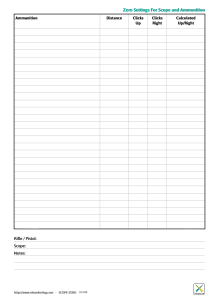

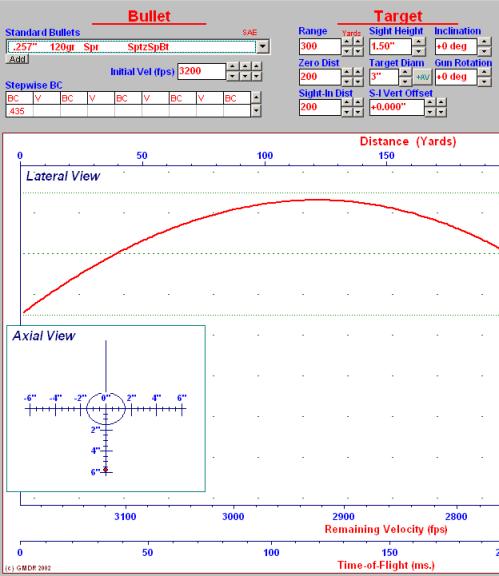
Continuing On
After Sighting in, and then working your Nearest Target; you will then want to move out to your first target beyond the Zero.
Aim at the Bull... but watch where your rounds strike. in most cases your round will be in the negative (Low) and getting lower fast as you move away from your Zero.
In some cases however (Example .257) you might see a rise in the bullet after sight in... and then a return to zero at a later point and then further dropping as it continues.
You need to know as much of this information as possible as it will determine how you want to proceed with Both your Zero and what distances you wish to record.
After the Initial Shooting is finished...
As you proceed to work your way through the targets... you may want to repeat the results on a given range... I recommend 3 round (or at most 5 round shot groups) to keep confusion to a minimum.
So...Work your way through the targets from near to far... recording your bullet strikes and Chrony Data.
NOW WHAT?
now... with a new target at each station (Mark top with: Test Fire 1 and range) Go ahead and apply the information you have already gathered.
For Example: If you know that your strike at the given target is -8 inches... Then aim 8 inches high and drop three rounds... You should be hitting the Bull.
test each of your distances this way. In each case you should be able to find the bull by aiming the appropriate distance above... (or Below) the bull.
Make a Card and Plasticize it...
With the data you now have... and a little creative work on some graph paper you should be able to connect the dots and predict the strike of the round between the distances of your actual targets used.
Take this data and make yourself a little Card that plots your strike in 10-25 meter distances... You Can Plasticize this card and keep it in your pocket when you go to the range or hunting.
Get a good quality and Highly Portable Range Finder to use with this Card and you will be in great shape for the coming event.
See you on the Range...
- and Remember... Safety Safety Safety!!!

